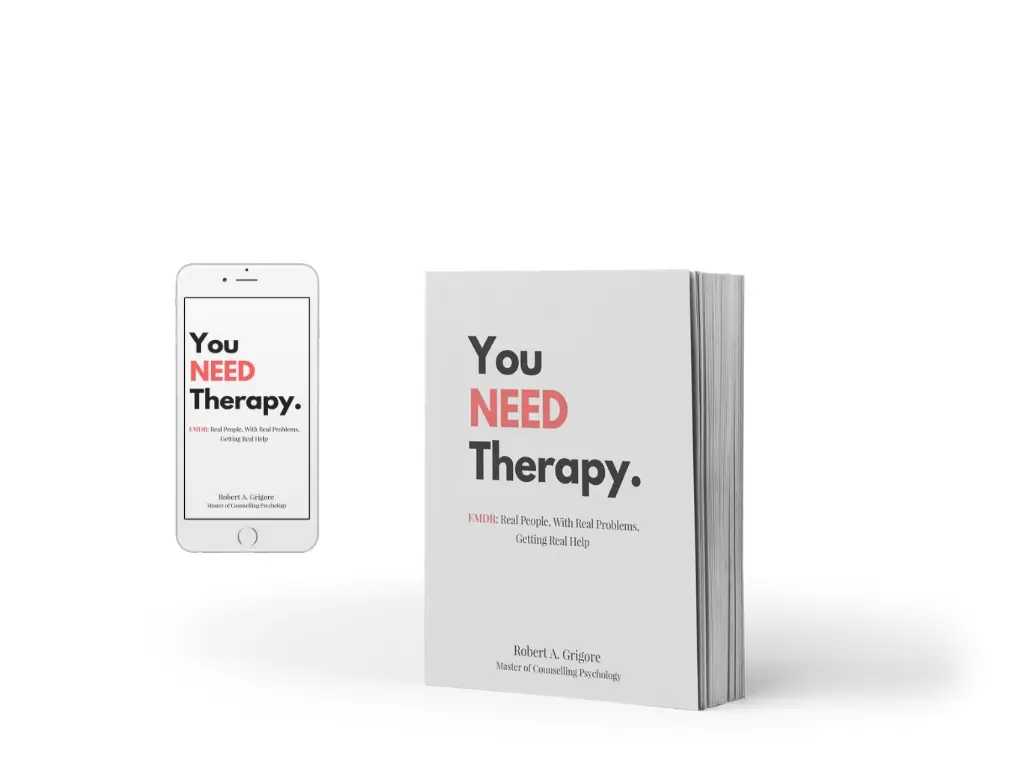We know it, you want relief. You’ve heard of CBT and DBT. Both help. But which one fits you? Let’s break it down in plain language, using what we see every week in our practice.
CBT vs DBT: quick definitions that matter
CBT (Cognitive Behavioural Therapy) targets the link between thoughts, feelings, and actions. You learn to spot thinking traps, test them, and choose different responses. It’s structured. It’s practical. It works well when worry, rumination, or low mood keep looping. Explore our approach to CBT therapy and the core CBT benefits.
DBT (Dialectical Behaviour Therapy) builds four skill sets: mindfulness, distress tolerance, emotion regulation, and interpersonal effectiveness. It’s ideal when emotions spike fast, relationships feel stormy, or urges lead to painful choices. See how we deliver DBT therapy.
Both are evidence-based. Both are teachable. Both can be adapted for online or in-person care across Richmond, Langley, and beyond. If you want a broader comparison, our guide on CBT vs. DBT vs. EMDR adds trauma-focused context.
CBT vs DBT: which is better for anxiety?
Start with your pattern.
If anxiety looks like constant worry, “what if” thinking, checking, reassurance seeking, or avoidance, CBT usually leads. We target cognitive distortions, add exposure strategies, and rebuild confidence with behavioural experiments. You learn to act with anxiety present, not wait until it disappears.
If anxiety looks like emotional surges, panic spikes, shutdown, or conflict after feeling misunderstood, DBT can be the better entry point. We stabilise the nervous system first. You learn fast-acting skills for urges and body overwhelm, then layer cognitive work once you have control.
Many clients use both. The sequence matters. For high arousal, we often begin with DBT skills to steady the system, then add CBT to shift the thinking style that fuels fear. If trauma sits underneath the anxiety, we may later integrate reprocessing work (see our page on EMDR therapy in Surrey and the research on EMDR evidence).
CBT vs DBT: which is better for depression?
Again, think in patterns.
If depression shows up as low energy, hopeless thinking, and withdrawal, CBT’s behavioural activation is powerful. We plan tiny, values-based actions. Mood usually follows behaviour. We then challenge global negative beliefs and build a more balanced inner dialogue.
If depression comes with intense mood swings, self-criticism, and relationship fallout, DBT may come first. You learn to name emotions, lower their intensity, and ask for what you need without blowing up or shutting down. When stability improves, CBT techniques stick better.
When depression is complex or trauma-linked, we often blend. DBT reduces harm and emotional whiplash. CBT builds routines and shifts thinking. EMDR addresses root memories once you’re ready. Want a structured path to getting started? Review our services and rates and then book a consultation.
How to choose for your goals
Use these cues:
- Choose CBT if your main goal is to reduce worry, challenge negative thoughts, stop avoidance, and rebuild daily structure. It’s great when you like worksheets, experiments, and clear homework. Start your CBT therapy.
- Choose DBT if your main goal is to manage big emotions, survive urges, repair relationships, and increase tolerance for distress. It’s ideal when you’ve tried to “think different” but your body still takes over. Learn more about DBT therapy.
- Choose a blend if both patterns apply. Many clients begin with DBT skills for 4–8 weeks, then add CBT goals. If trauma blocks progress, we may introduce targeted EMDR later. See our overview: CBT vs DBT vs EMDR.
What treatment looks like with us
We match the modality to the moment. Sessions are focused, collaborative, and paced to your nervous system. You get between-session practices that are realistic, not overwhelming. Prefer local care?
Read our location pages for context in your area: Therapy in Richmond and Counselling in Langley. If you’re comparing modalities for trauma-driven anxiety or depression, our article on EMDR evidence explains when trauma reprocessing fits.
CBT vs DBT: what about results?
With CBT, expect clearer thinking, better decision-making, and a steady return to activity. Panic and avoidance shrink as you test predictions and learn that you can cope.
With DBT, expect fewer blowups, fewer shutdowns, and more control under stress. You’ll notice quicker recovery from emotional spikes, improved boundaries, and healthier conversations.
With combined care, expect stability and momentum. We build a skill base, then change the loops that kept you stuck.
How we prevent relapse
Relapse prevention starts on day one. We teach you how to notice early warning signs, which skills to deploy, and how to return to your plan after slips. For some clients, periodic booster sessions help maintain gains. If deeper memories still trigger spirals, we discuss whether EMDR fits next. Our trauma articles, like How EMDR Therapy Helps Trauma Survivors, outline that path.
CBT vs DBT: cost, access, and fit
Effective therapy is an investment. We’re transparent about options.
See current services and pricing. Prefer remote care? Many clients use online sessions from home or work across BC and the North. If you want a quick conversation about fit, send a note through our contact page.
CBT vs DBT: The bottom line
“CBT vs DBT: which is better for anxiety and depression?” The best choice is the one that matches your symptom pattern, your goals, and your window of tolerance, right now.
If thoughts drive your symptoms, start with CBT. If emotions and urges derail you, start with DBT. If both, we blend. And if trauma underpins it, we add EMDR when you’re ready. You do not have to guess alone.
Ready to map a plan that fits your life? Book a consultation. We’ll recommend a clear starting point and adjust as you grow.
FAQ
Is CBT or DBT faster?
It depends on your starting point. CBT can move quickly for worry and avoidance. DBT may lead first when emotional intensity blocks progress. Many see early wins within a few weeks in either approach.
Can I switch from CBT to DBT (or vice versa)?
Yes. We routinely pivot as your needs change. Early DBT skills can make later CBT work easier. The reverse is also true.
What if my anxiety and depression are trauma-related?
We often use DBT for stability, CBT for structure, and EMDR for root healing. Learn how we sequence care in our comparison: CBT vs DBT vs EMDR, and review the research on EMDR evidence.











